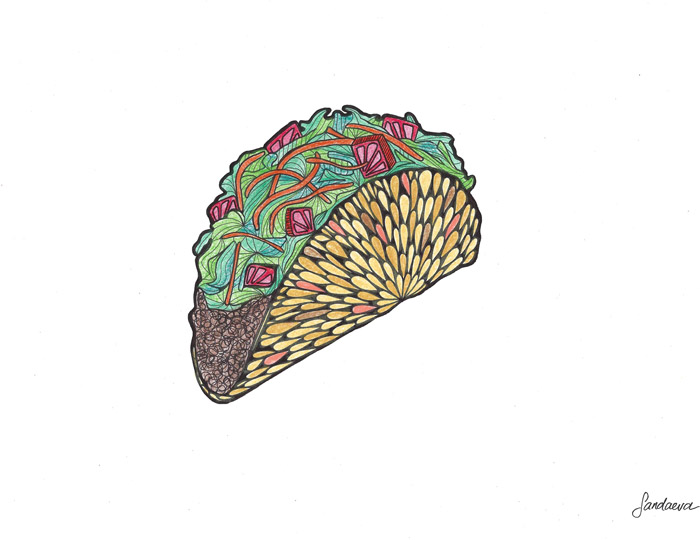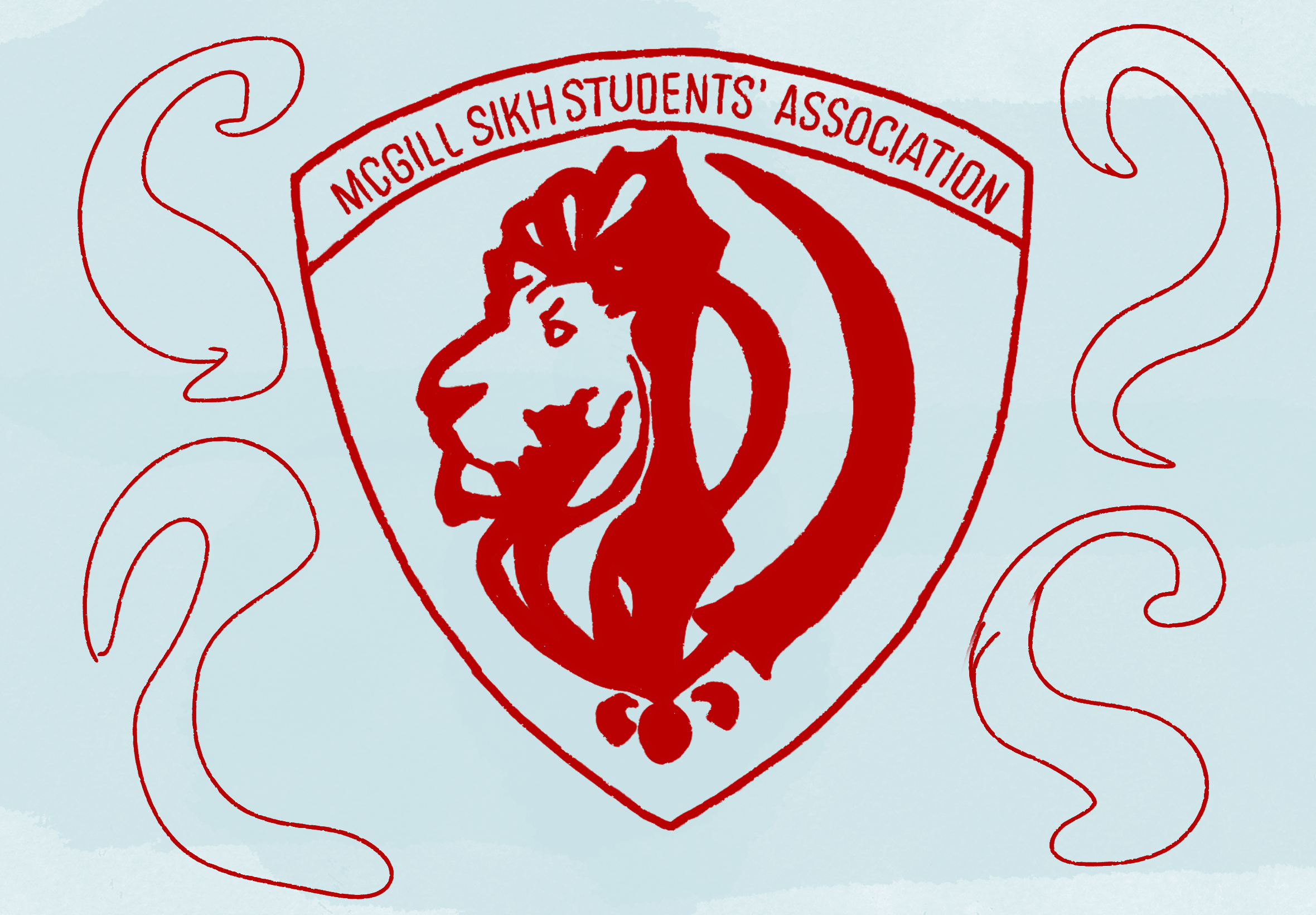On Oct. 4, foodies around the world celebrated National Taco Day. The Mexican dish is undoubtedly popular, but with one look at Montreal, this might not seem so. While tacos are available across the city, this is worth a second look. As a bite-sized, nutrient-rich dish, tacos are easily a student’s best friend.
Where does the taco come from?
Although tacos might be well-known in North America today, their origins remain ambiguous. Jeffrey M. Pilcher, author of Planet Taco: A Global History of Mexican Food, traces the origin of the taco back to 16th century Mexico, when silver miners called the paper that they wrapped around dynamites “tacos.”
Beyond its linguistic history, it’s hard to trace the dish's lineage. Indigenous communities in Mexico developed the first taco, but the ruling elite saw the meal as lower-class cuisine, and put little time or resources into recording it. A cookbook from 1831, El Cocinero Mexicano makes note of a possible ancestor of the taco: The envuelto, a taco mixed with an enchilada. It was only in the late 1800s that the taco’s popularity began to boom.
In 1895, the Dictionary of Americanisms added the word “taco” to its vocabulary. Ten years later, the taco truly entered American culture as Mexican migrants came to work in mines and on railroads in California. Yet again, upper class America viewed the dish—alongside other Mexican foods—as lower-class “street food.” It wasn’t until after World War II, when the children of these Mexican migrants disseminated into American culture, that the taco was more widely accepted by the general public in the United States.
Eventually, in the early 1960s, restaurateur Glen Bell—who originally sold hamburgers and hot dogs—appropriated the taco and franchised it. This version of Mexican cuisine—adapted for American fast-food culture—was met with great success across the U.S., creating the restaurant we now know as Taco Bell. Today, Taco Bell is a mainstream success in both the United States and Canada, operating in almost every Canadian province as a fast food favourite among millennials.
Where can I get tacos near me?
Unfortunately for McGill students, there are only two Taco Bell restaurants on the Island of Montreal. Located in the cities of Saint-Laurent and Pierrefonds—at least an hour from McGill’s downtown campus by transit—they aren’t terribly accessible. Fret not, however: There are still many options for tacos in Milton-Parc and beyond.
If you’re looking to spend the remnants of your meal plan, Quesada in the Bronfman building is the best option. Though its location is convenient for a bite between classes, the lunch hour attracts long lines of students. Royal Victoria College’s cafeteria also hosts Taco Tuesday from 5 to 8 p.m. once every few weeks. At $3 per taco, students can fill up with as much beef or vegetarian filling as they can squeeze into the shells.
If venturing off-campus, Lola Rosa is a favourite restaurant among vegetarians and non-vegetarians alike. Located a block from the Milton Gates, this cozy getup sells tacos made with meat-free fillings like teriyaki seitan, coriander, cashews, cucumbers, carrots, and daikon. Be warned though, Lola Rosa’s lines can get long. The tacos are worth waiting for, but be sure to call ahead or make a reservation.
T & T Tacos at the corner of Rachel and Clark streets sells a choice of three of their seven varieties, ranging from pork to steak, fish, and veggie tacos for only $9 on Tuesdays. On any other day, however, Taqueria Arturo, located on Prince Arthur and St-Dominique streets, offers a wide variety of options—from classic fish to peking duck tacos. Their limitless options come with the caveat of steep prices, but for students looking to shell out a little cash to enjoy tacos with some friends, Taqueria Arturo is worth considering.
Though Montreal’s taco scene might be small in comparison to other cities’, the classic Mexican dish never seems to disappoint. To quote the wise words of Taco Bell, “Don’t look for love. Look for tacos.”
-
A cookbook, El Cocinero Mexicano makes note of a possible ancestor of the taco—the envuelto, a taco mixed with an enchilada
-
The Dictionary of Americanisms added the word “taco” to its vocabulary
-
Mexican migrants came to work in mines and on railroads in California, bringing the taco with them
-
Post WWII, the general public in the U.S. started to accept the Mexican dish
-
Glen Bell opens the first Taco Bell in Downey, California
-
Tacos are widely loved by everyone and are a favourite among millennials








